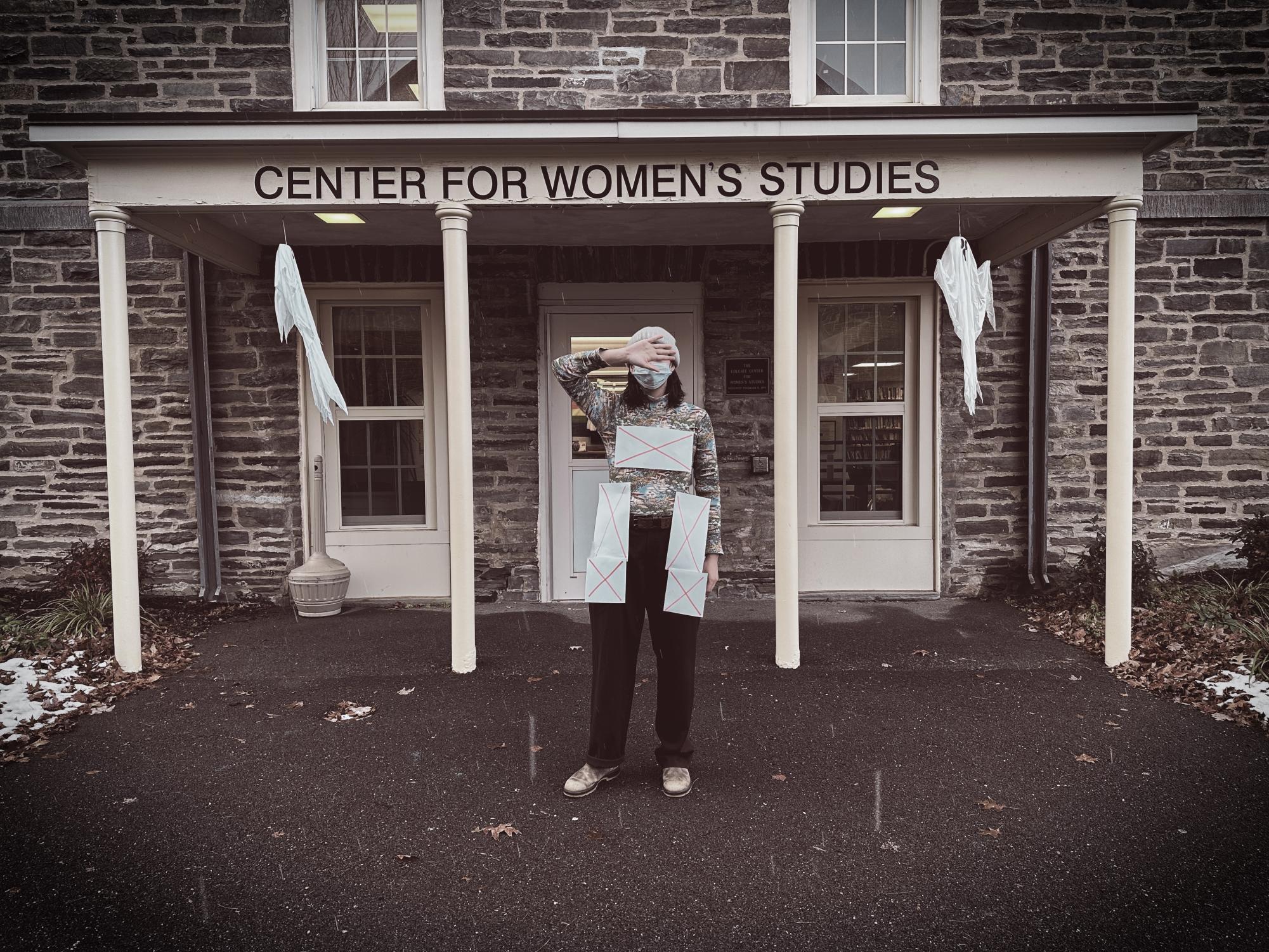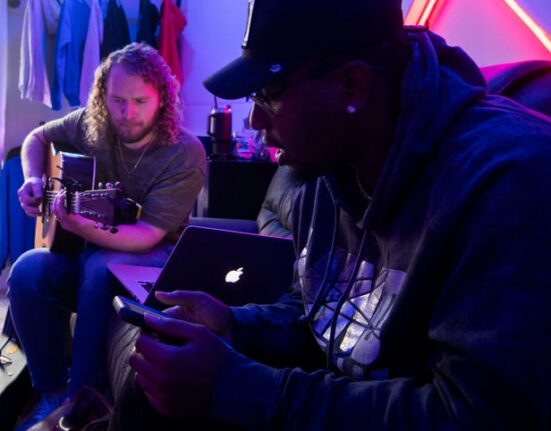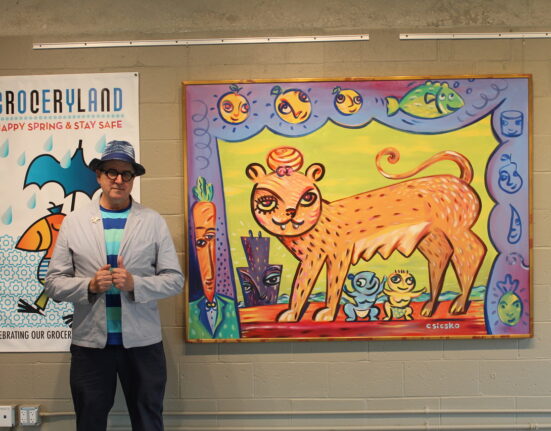Last week, Colgate University celebrated Queerfest with several events designed to reinforce the idea that queer voices should be welcomed on this campus. One of these events was the LGBTQ+ Art Gallery, located in the O’Connor Campus Center (the Coop) TV Room. This event was a wonderful opportunity for queer students to showcase their artistic works, including poems, drawings, photography and music. More than that, it was a chance for queer students to proudly occupy a common space on Colgate University’s campus.
While Colgate has many spaces for queer people on campus, they are located in very isolated areas. The Women, Gender and Sexuality Center is located in a basement, and The Rainbow Room is on the edge of campus. This phenomenon is common across the world, and it is called an environmental microaggression as it is a subtle form of discrimination occurring within the geography of our society. Senior R Hunsicker was grateful to be able to bring queer art into the Coop, since it was a way of bringing queer identities into the main campus.
“The ability to inhabit a space that isn’t the Women’s Studies Center [or] the Rainbow Room, a space that is read as cisnormative and heteronormative and make it a place that you are seen, you are visible in and you are safe in was really thrilling and exciting,” Hunsicker said. “It allows things that are usually buried away or ignored to be so visible and out in the open.”
Many students eat, study and hangout at the Coop on a daily basis, which makes having LGBTQ+ artwork there much more impactful. Instead of being placed in some remote location, this art was in one of the most frequented places on campus, thus communicating with our community that queer voices can be found everywhere on this campus. Additionally, unlike being a space specifically made for queer students, the Coop sees students of all backgrounds and identities.
Student spectators of the gallery, such as first-year Holly Shortell, were also happy to see that queer voices were finally being displayed in such public spaces.
“It was really cool to see student artwork, and it was especially nice to see LGBTQ+ students have their work displayed on campus,” Shortell said. “Especially in the Coop where lots of students are able to see the artwork throughout the day.”
Hunsicker, who uses e/they pronouns, organized the event after finding that Queertopia resonated with so many queer students. Hunsicker’s work, like many of the other pieces, touched on themes of judgment and acceptance.
“The one that is the most relevant to me now is the piece that is called ‘Untitled’ that I produced in 2023,” Hunsicker said. “It was a way for me to articulate, as someone who is queer and trans, that even though I am working to make existing on campus easier and better, it’s still hard, and you still internalize perspectives that are put upon you.”
As students of Colgate, we must listen to people like Hunsicker and try to understand the feelings of underrepresented community members. Hunsicker simply asks people to look at others with their hearts instead of their eyes. The LGBTQ+ Art Gallery is a perfect place to share that message because while artwork is looked at with the eyes, it is understood with the heart.
Furthermore, while Hunsicker and many other advocates on this campus are doing their best to make Colgate a safe place for LGBTQ+ people, the work is far from complete. By demonstrating support towards events like Queerfest, we can make our sincere acceptance of other identities clear.
Dr. Lyosha Gorshkov, Director of LGBTQ+ Initiatives, finds that art can be uniquely powerful in its ability to convey messages.
“This is an opportunity for LGBTQ+ students to express themselves and share their stories with the campus via creative forms,” Gorshkov said. “The Art Display is a powerful tool of self-affirmation and embracing various aspects of one’s identity. This is also a message to the community: You are not alone, you are seen and you belong here.”
Making room for more events like this on the main campus is vital in order for Colgate students to know that they are accepted regardless of their identities. Art sends messages to society, and several queer students on our campus were excited to send their message through their respective contributions.








